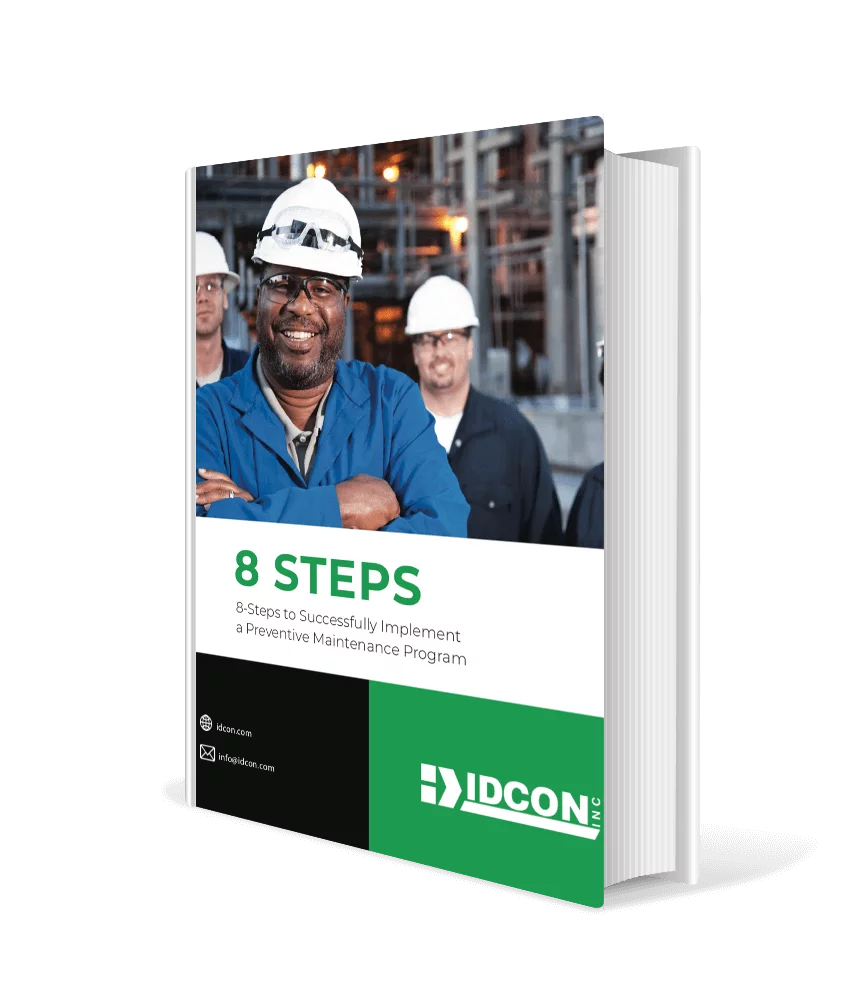A successful partnership between operations and maintenance is rooted in unified work processes. IDCON defines work processes as something documented, executed and followed up on. Priorities are a cornerstone in a well-functioning partnership.
I recently visited a paper mill in Chicago to survey their work processes. In analyzing their work orders, I found that for the most part all were marked ”priority 1.”
I especially remember one order issued to move a vent from the back to the front of a paper mill machine, making it easier for operations.
Carson, a piping and instrumentation diagram technician (P&ID), showed me another work order completed three months earlier to move the very same vent, from the front to the back of paper mill machine, and yet another, moving the vent front to back, eight months prior.
All three were marked as ”priority 1.” It appeared that the different shifts in operations wanted different things and it seemed as if maintenance functioned merely as a service organization for them.
This is a clear example of a bad or non-existent partnership between operations and maintenance–one big divide. Communication was faltering, mainly because there was no properly functioning work process in place upon which to build a partnership, and no good channels for communication.
To foster good collaboration, just discussing the problem is not going to take you very far.
The daily routines and work processes have to be changed as well. My suggestion is to begin by implementing a work process based on priorities of work orders.
Here is a suggestion:
- Establish clear priority rules
- Follow the priority rules
- Follow up to insure the priority rules are working
Establish clear priority rules
Priority rules need three objects:
- A code/name
- A criteria for a code/name
- Completion date
Examples of priority rules (basic version)
| Code/name | Criteria | Completion date |
| 1: Urgent |
| Now!
We break scheduling for urgent jobs. |
| 2: Pressing |
| 1 day – 1 week
1-2 days 1 day – 2 weeks |
| 3: Running |
| 2 days – 2 weeks
2 days – 2 weeks 1 week – 6 months scheduled 1 week – 6 months |
| 4: Improvements |
| 1 – 3 months
3 – 6 months |
Figure 1: An example of priority rules (formulas).
*PM and authority controlled inspections have priority 3, since they should not be urgent, they should be scheduled far ahead of time.
Operations and maintenance must join forces in creating priority rules. Feel free to use the example above and modify for your organization. When the rules are implemented, be sure to communicate them to all involved. One idea is to print laminated cards as a guideline and reminder for everyone involved.
Follow the priority rules
To successfully implement priorities, the work order log needs to be updated, and daily or weekly meetings need to be held with operations and maintenance. In weekly meetings, priorities must be jointly decided for new work orders, or at least, both operations and maintenance have to have a chance to make changes to preliminary work orders.
Follow up to make sure the priority rules are working
Conduct regular analyses, for example through a short discussion that can include:
- How many work orders with priority 1 are older than three days?
- Measure in number or percent, the tasks that are disrupting the completion schedule for the week (have to have a schedule first J)
- Interview the repair technicians and ask how many non-pressing work orders they get daily that could wait a day or until the following week.
- Have an honest and open discussion with operations and maintenance, reviewing, say, 10 work orders together.
- The more people in your crew that are involved in making the changes, the bigger chance that the new priority rules will be accepted.
Good luck with implementing priority rules!





